How to Group Students for Small Group Instruction
Small group instruction is one of the most powerful forms of instruction in kindergarten. It allows you to work with students in a smaller setting and meet their individual needs. With these strategies for grouping students, you'll feel confident that your students are in the right groups and will gain the most benefit from small group instruction.
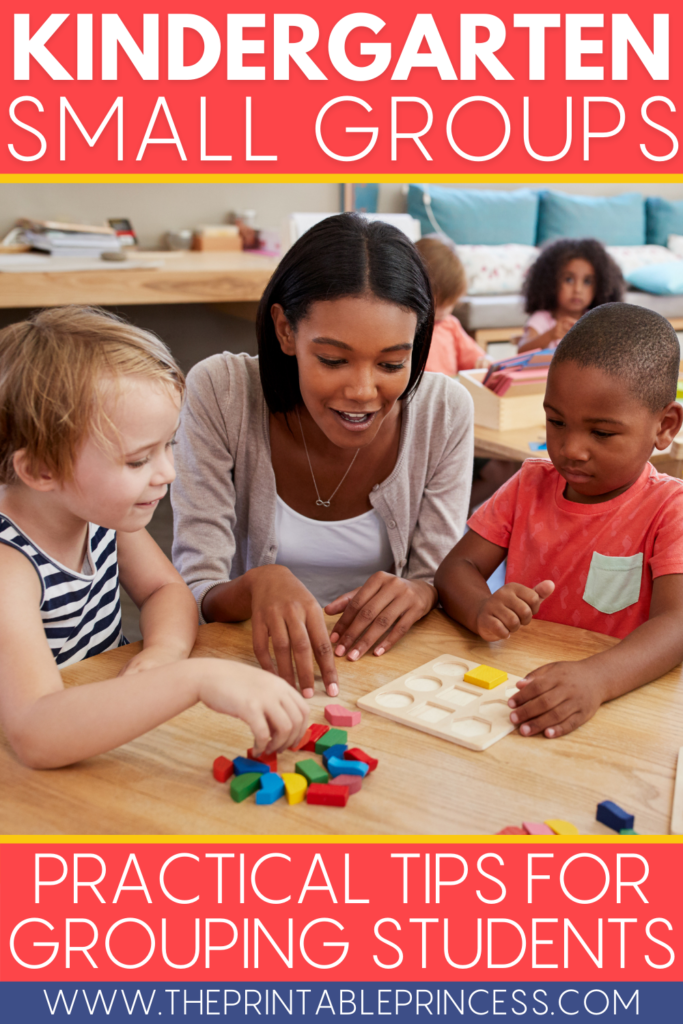
The Importance of Data and Grouping Students
When it comes to strategies for grouping students, using data is key in determining the skill level that students are at. You must know where you're starting in order to provide the most effective instruction for each student.
Data allows you to see the student as a whole and how their overall development in a subject area is. It also allows you to see their understanding of specific skills.
A student may really struggle with sight word recognition, but be proficient in rhyming and identifying sounds. Similarly, a student may be strong in math but struggle with literacy.
You can't assume a student will be in a certain group for all subject and skill areas. You must assess them in each area to determine the best small group placement for each student in each subject and skill.
When collecting data and assessing students, it's helpful to use an overall subject area assessment such as a first week of kindergarten assessment, to get a big picture overview of a student's understanding of a subject.
From there, use assessment activities for specific skills, such as alphabet letter names and sounds and sight word fluency to determine their understanding of different skills.
These assessments allow you to see where students are at and determine the small group that is the best fit for them. This will help you tailor your instruction and plan lessons, activities, and centers that will benefit them the most.
While you're assessing your students, you'll also learn more about their personality, which can give you clues as to which students they may work best in a small group with.
Make sure to use a checklist or some form of assessment page to document their baseline scores so you can track their growth throughout the year.
Progress Monitoring
Once you've done your baseline assessments and determined the best small group fit for each student in each subject and skill area, then it's time to teach and progress monitor.
Progress monitoring is one of the most important strategies for grouping students. It allows you to see how your students are progressing and what forms of instruction are benefiting them the most.
Progress monitoring should happen often to ensure that students are getting what they need and are in the correct small groups. A good rule of thumb is to assess students bi-weekly on key skills such as alphabet letter names and sounds, sight word fluency, and number recognition.
You can use fun activity cards and checklists to assess specific skills, such as this free sight word assessment tool. You can fill out the form below to grab your copy!
It's also a good practice to progress monitor your students quarterly or at the beginning, middle, and end of the year on overall subject areas. Many schools use benchmarking assessments to do this.
After progress monitoring your students, sit down and look over the data and make any decisions necessary on moving students and changing up groups. It may even be helpful to sit down with your grade level team and look at the data as a whole. The more brains, the better!
Using Mixed Groups
Oftentimes, students are grouped solely on ability. This is effective as it allows the teacher to deliver targeted instruction to each small group of students. However, that is not the only effective way to group students. There are may strategies for grouping students that are beneficial.
Using mixed groups is a great way to switch it up and allow students to work alongside students with various abilities. This allows higher performing students to act as a peer model for lower performing students. This is very beneficial for those students as they are able to follow the peer model's lead and learn from them.
On the other hand, giving higher performing students the opportunity to help lead and teach other students enhances their skills. If they can teach it to someone else, that helps them grasp the concept more and encourages critical thinking skills.
Using mixed groups is also great for behavior management. Sometimes you get a small group of students all at the same level, but their behaviors clash when they're together.
It's nice to provide them with opportunities to work with different students and personalities. They may even pick up on positive behaviors by being in a mixed group.
You can incorporate mixed groups a couple times throughout the week or during center time to ensure your students get the best of both groupings.
Small Group Expectations
The key to effective small group instruction is classroom management. Setting high expectations and having clear routines in place is important so students know exactly what is expected of them and what they should be doing during small groups.
If one of your small group rotations is independent work, students should have explicit instructions and expectations for what that independent time looks like as well.
Model what it looks like to be on task, work with others, and how to ask for help if needed. In kindergarten, there's no such thing as modeling positive behavior too much.
Choose highly engaging, hands-on activities that will allow students to work with skills in various ways while still having fun. Look over students' work and constantly be assessing their progress in the back of your mind.
You may have a student totally blow it out of the park and be ready to change groups, even if it's not time for your progress monitoring yet. Celebrate those successes and wins along the way with your students and feel confident in making changes to your small groups if needed.
There are no set rules for when you can change up your small groups. You know what's best for your students and what instruction and support they need.
I hope these strategies for grouping students help you make the most of your small group instruction this school year.

One Comment
Leave a Reply
You must be logged in to post a comment.
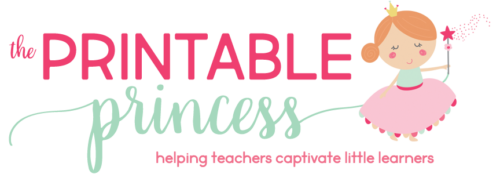
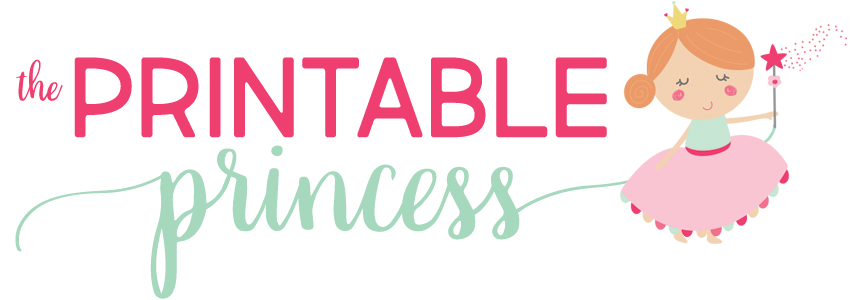
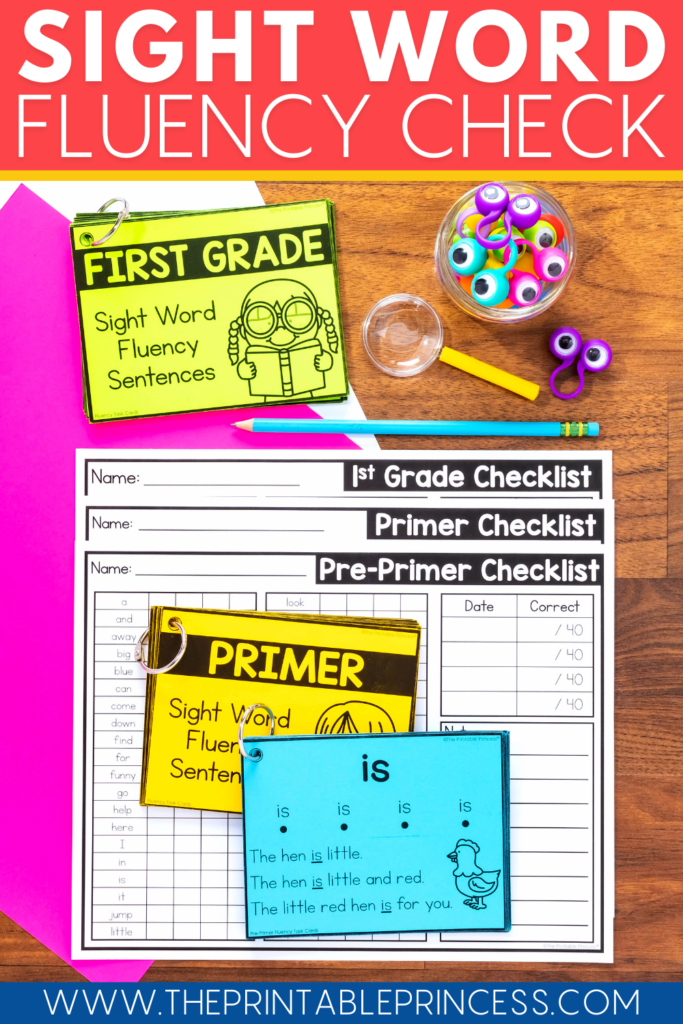
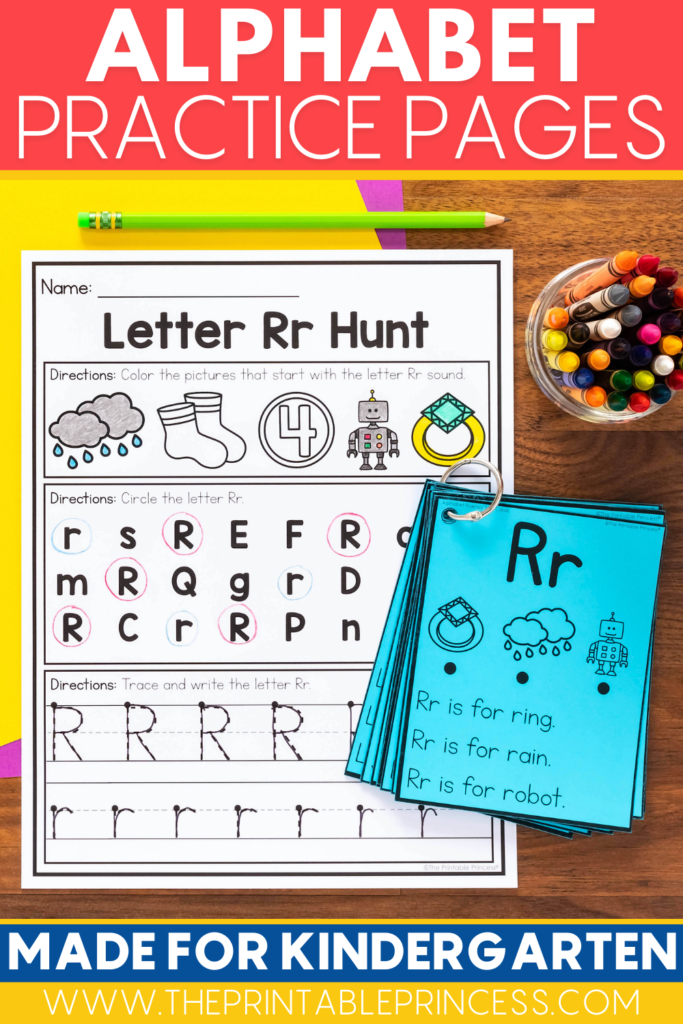


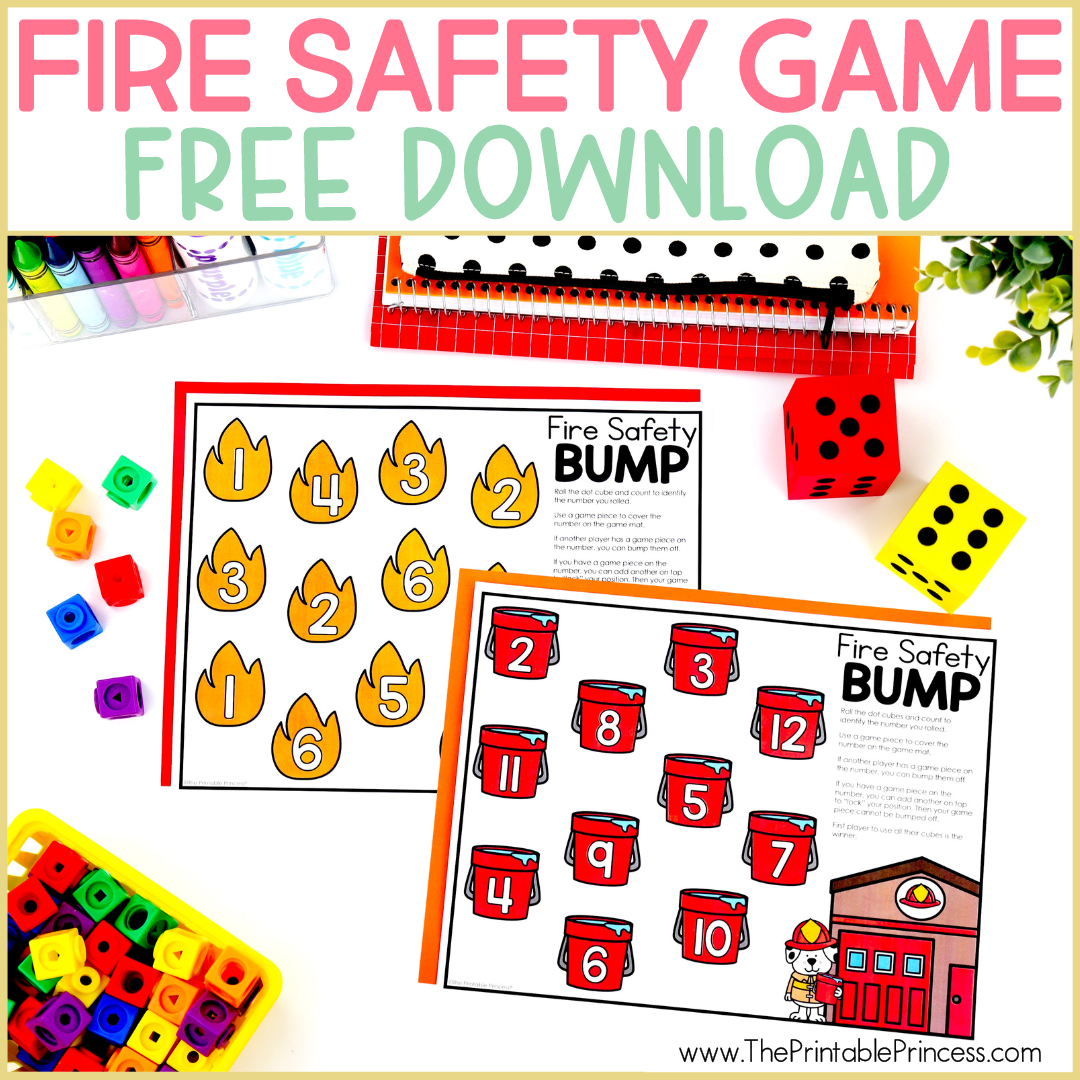
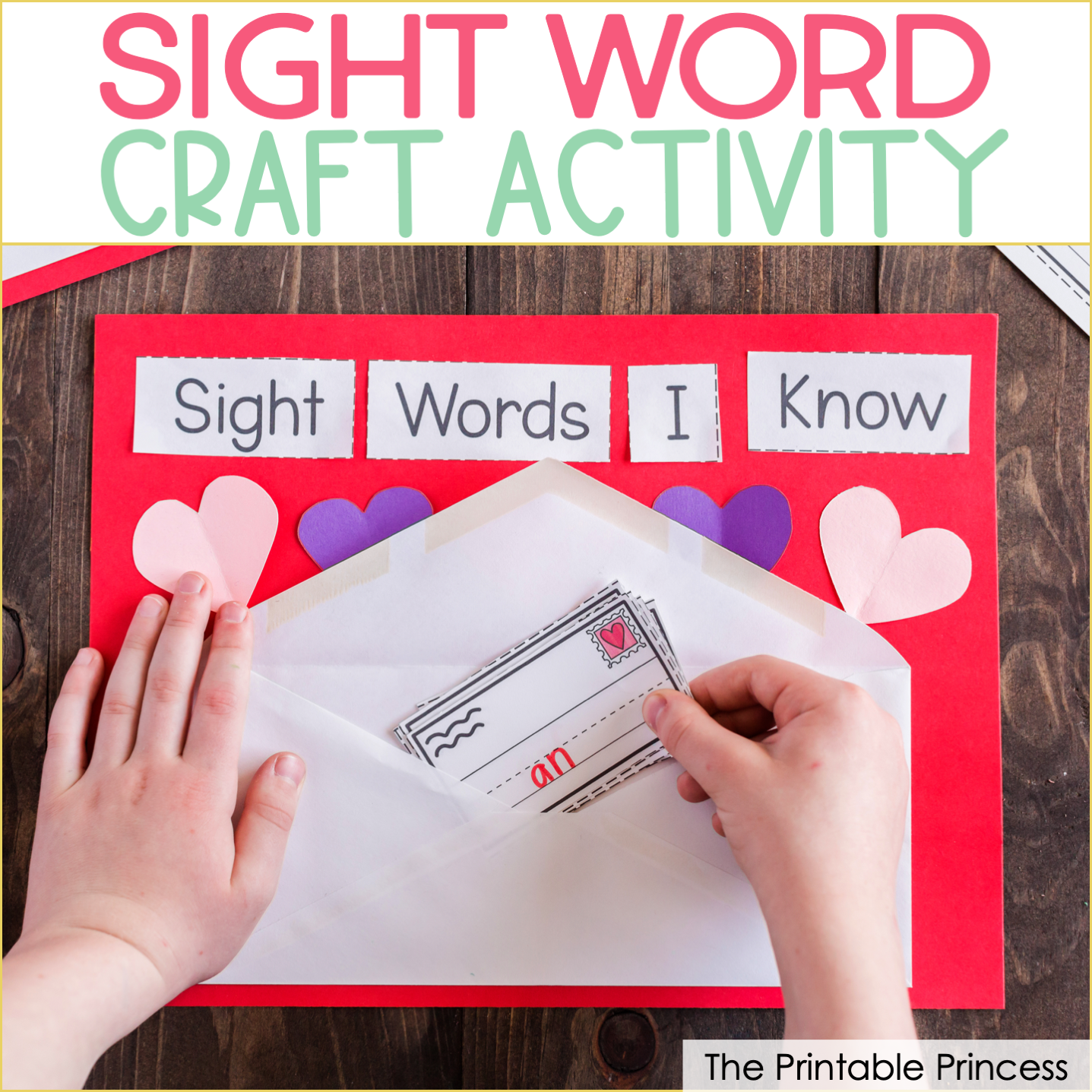
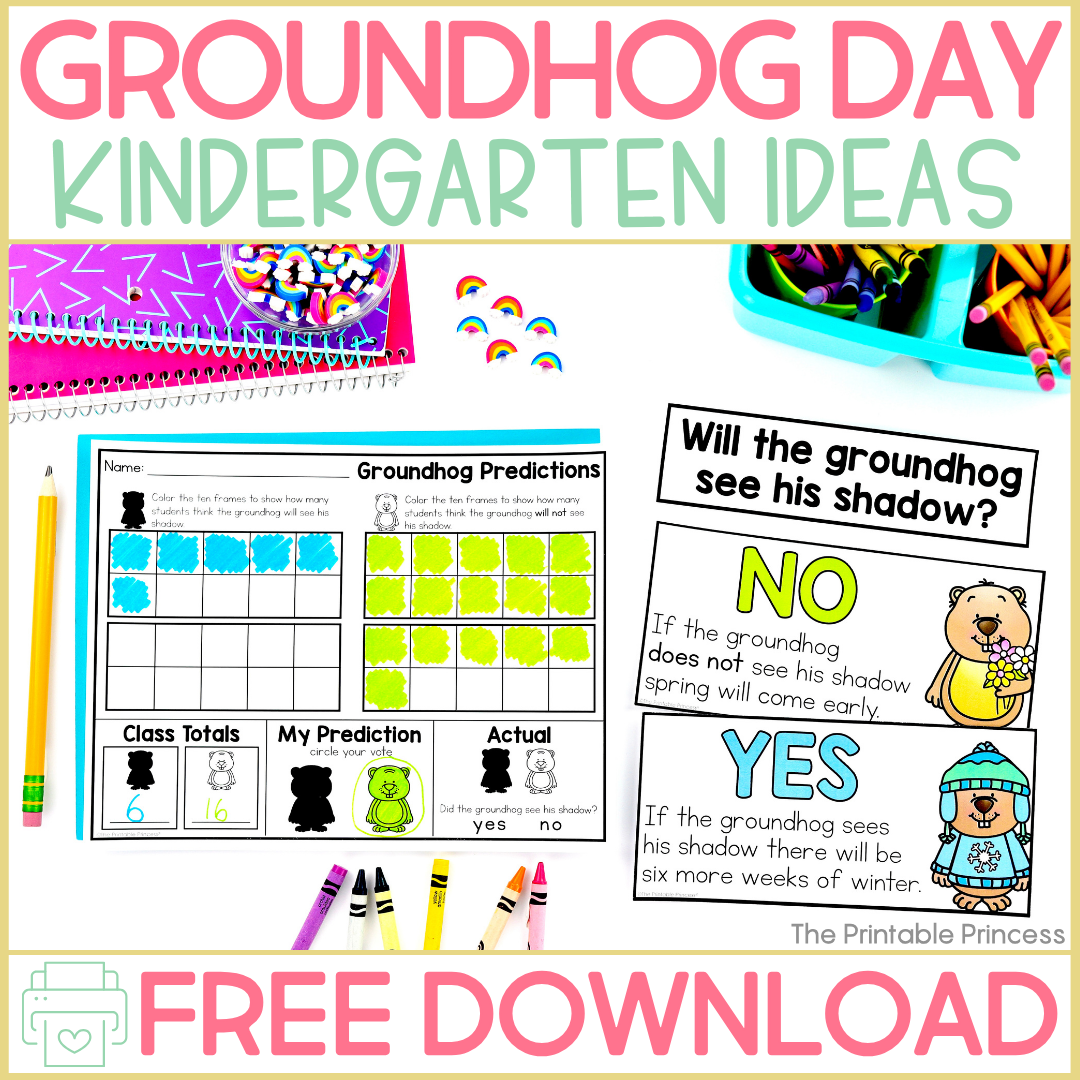
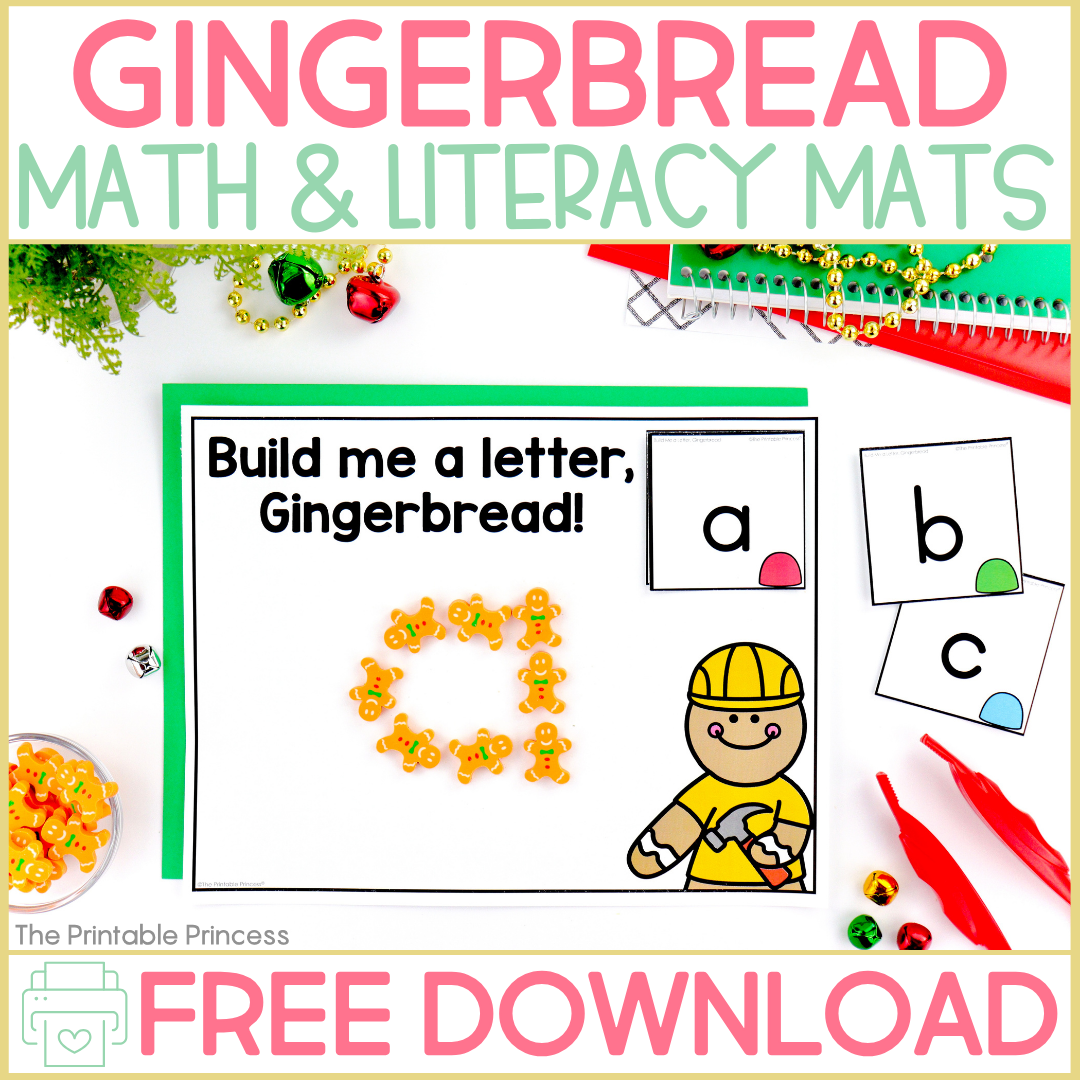
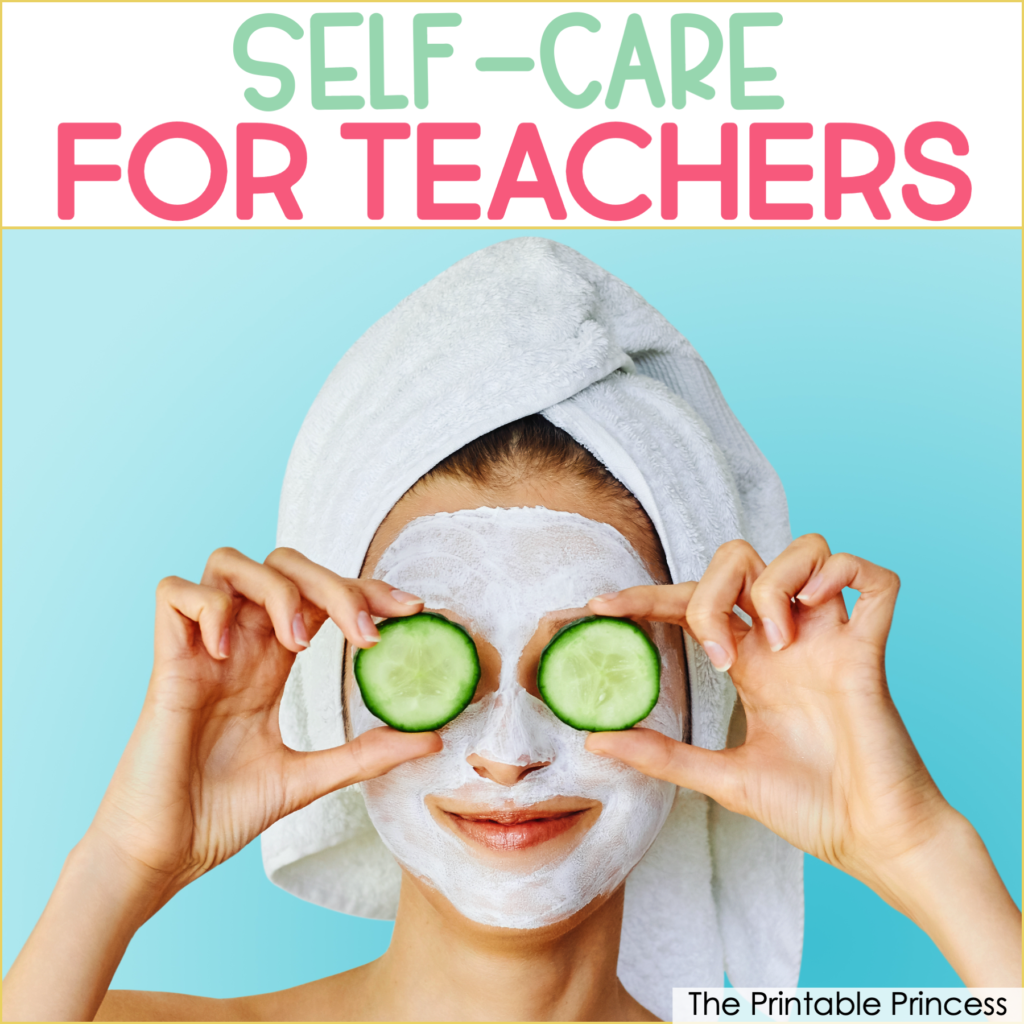
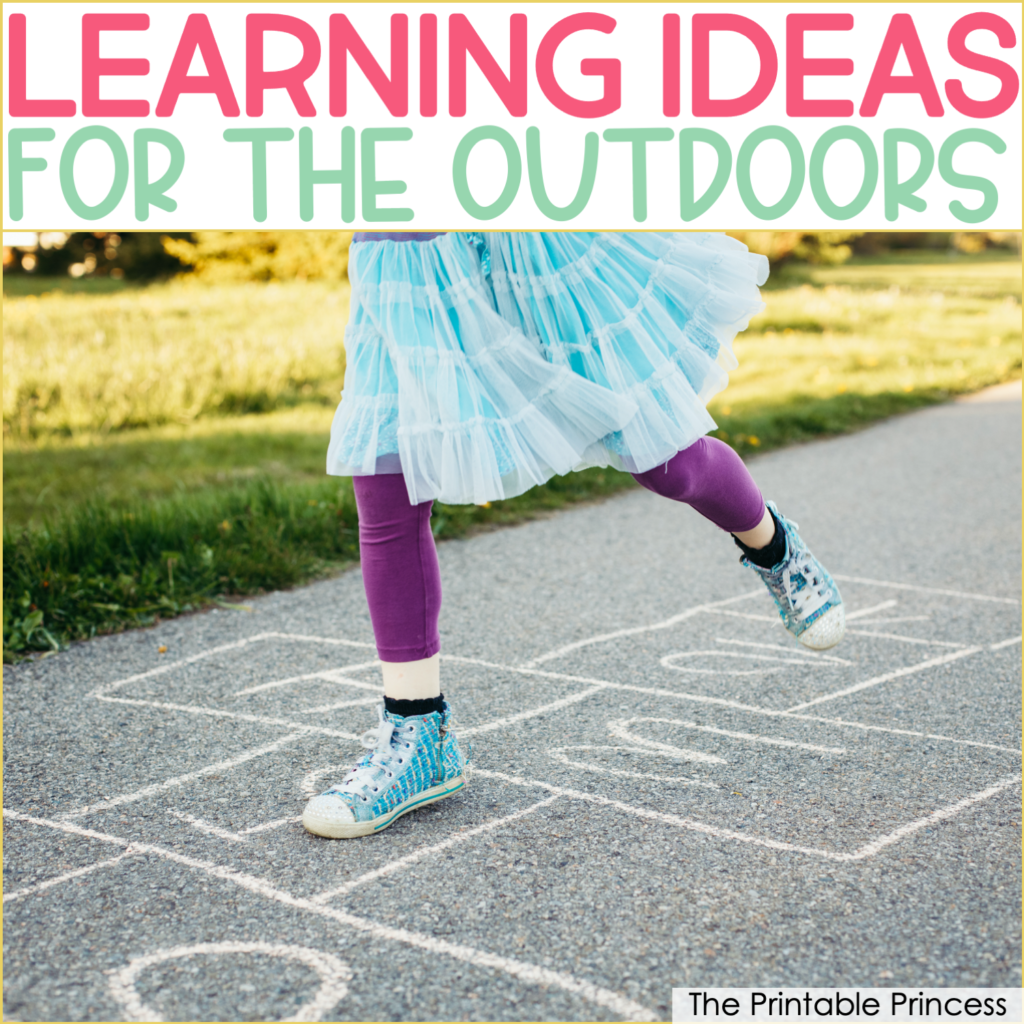
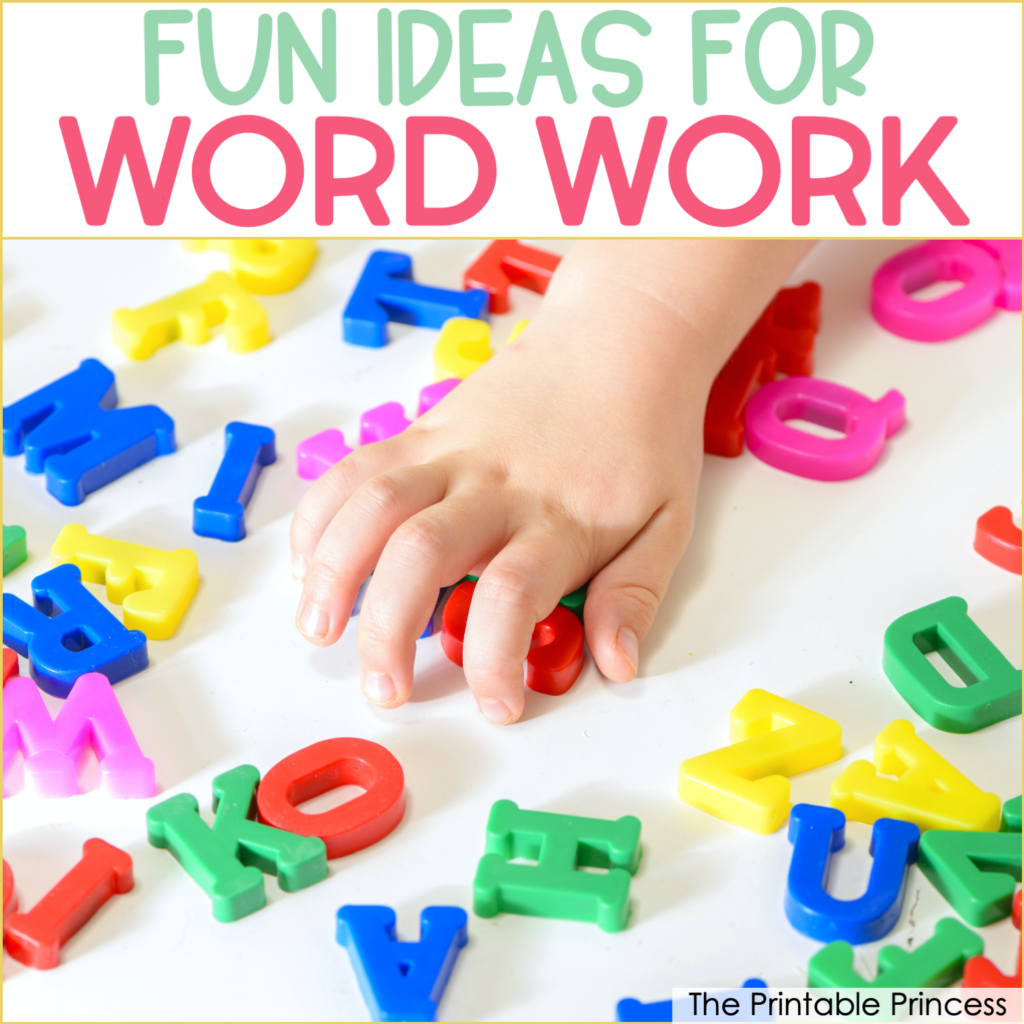
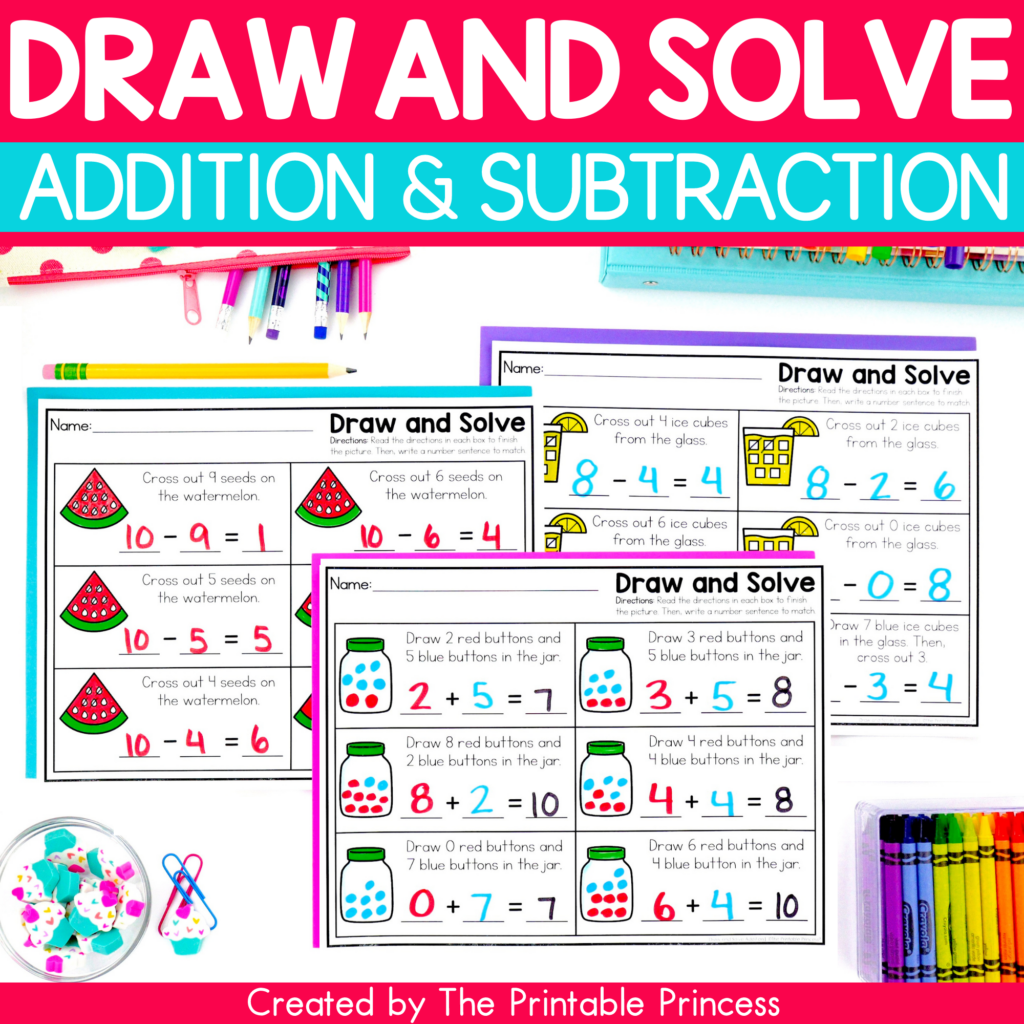
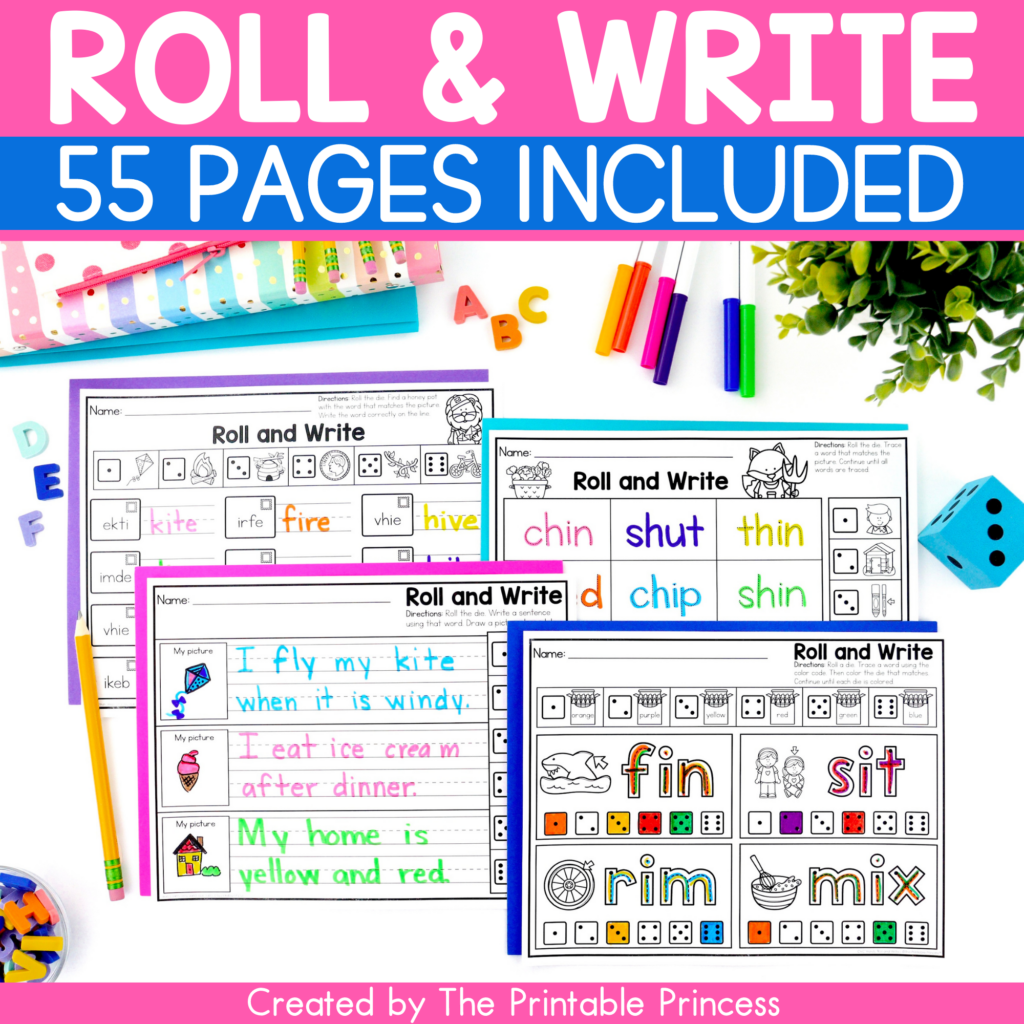
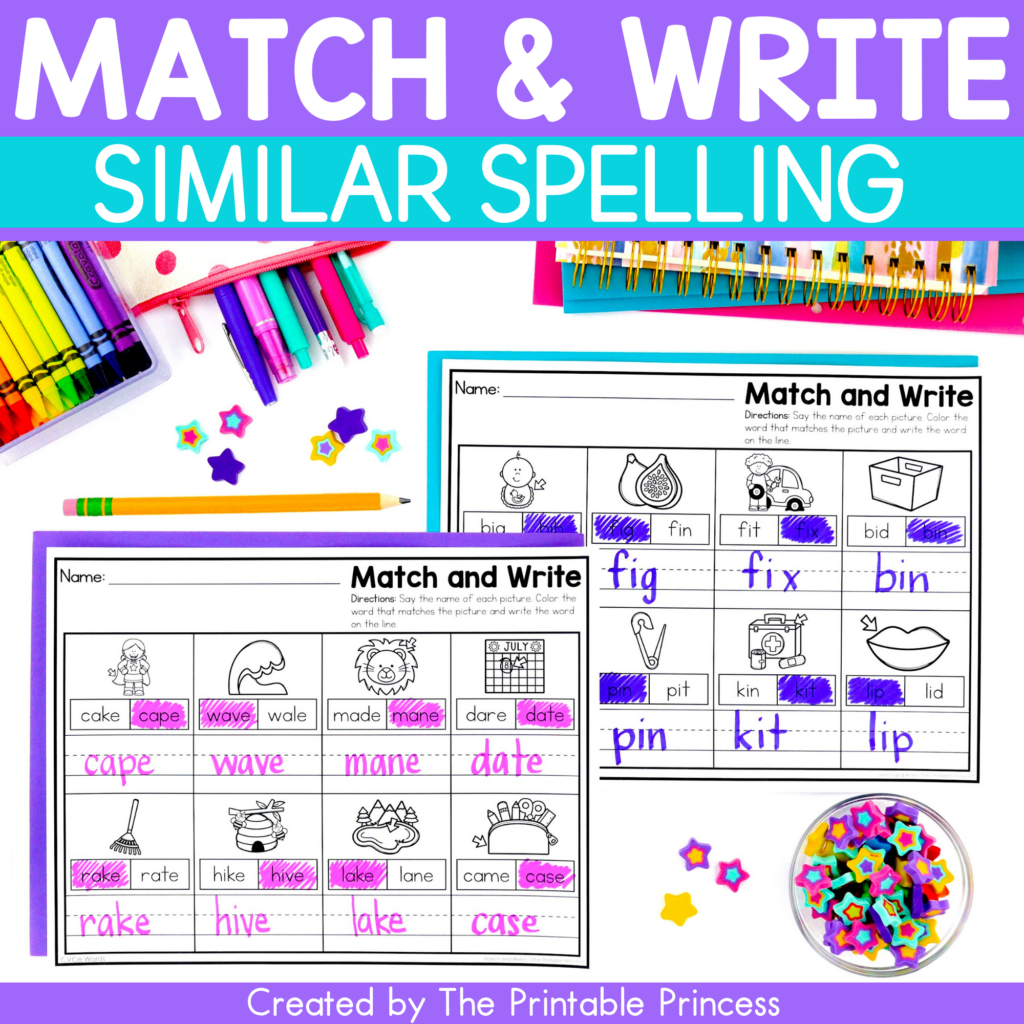
As a veteran teacher, I still struggle, at times, grouping my students. Thanks for your insight!